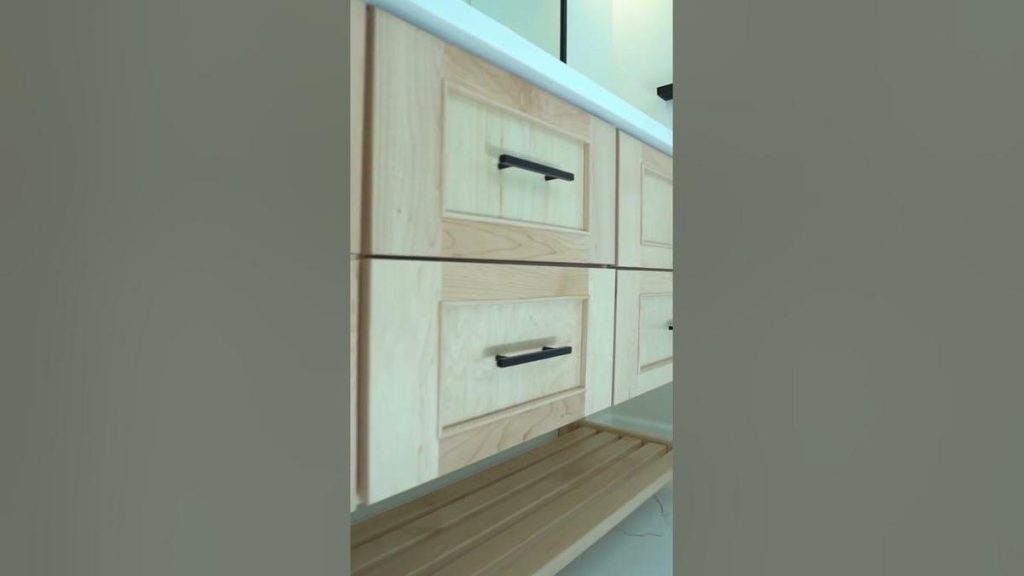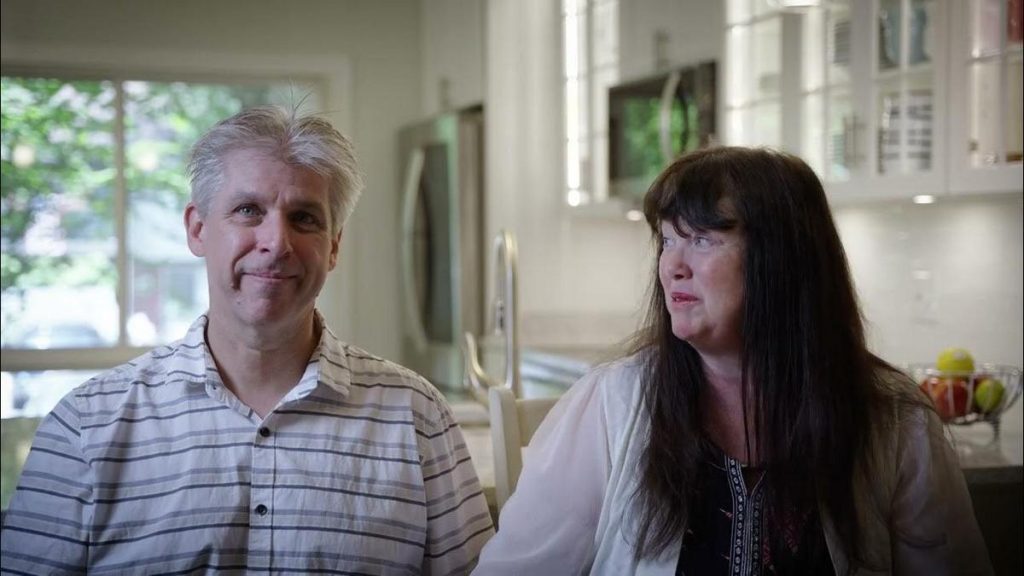Summary
- I learned that creating a beautiful glass fixture involves teamwork and using special techniques. The accent pieces are based on Italian cane work, which involves thinning chunks of color into threads for unique designs.
- A good way to start is with small chunks of color that are heated until they are flexible and can be shaped. It's really neat to see how this initial process sets the stage for the final design.
- Glassblowing is about building layers of color and clear glass to create a neat design. I have to keep the colors separate yet connected, which takes practice to master.
- It's important to watch the temperature of the glass closely because it affects how well the glass can be stretched or shaped. It's fascinating how the color helps you read the temperature and make adjustments.
- Combining multiple glass canes and using heat allows you to create intricate patterns. This step is crucial to making designs that are visually interesting and structurally sound.
- I also saw that cleaning the equipment, like dusting off the plate, is key to ensuring that the final product does not end up with any unwanted marks or imperfections.
- Communication is essential when working with others on glass projects. Giving clear instructions and receiving feedback helps in shaping the final piece to perfection.
- Patience plays a big role. The glass needs to cool down slowly overnight to maintain its integrity and beauty, showing that rushing the process can lead to mistakes.
Video
How To Take Action
I would suggest implementing teamwork in your projects, like how the glass fixture required multiple hands. This means working closely with others, giving clear instructions, and being open to feedback. It's a key part of achieving a beautiful outcome.
A good way of doing any delicate task, like glassblowing, is to start small. Begin with tiny, manageable steps and slowly build layers. For your personal growth, try learning a new skill in small chunks. This helps you understand the process better and prepares you for bigger challenges.
Remember to pay attention to detail. Just as reading the color of the glass helped determine its temperature, in your own projects, small details can guide you toward the right decisions and adjustments. This can be as simple as keeping a checklist or maintaining a planner.
Always keep your workspace clean and organized. Whether it's dusting off equipment or tidying up your desk, a clean environment minimizes mistakes and lets you focus on what matters most.
Patience is crucial. Just like how the glass needs to cool slowly, give yourself time to grow and learn. Rushing can lead to errors, so be patient with your progress and allow things to develop naturally.
Lastly, embrace creativity. Combining different techniques or ideas can create something spectacular. So, whenever possible, try mixing strategies or insights to see how they can enhance your work or personal growth.
Quotes by thisoldhouse
"High art right here"
– thisoldhouse
"Get that color nice and hot"
– thisoldhouse
"Doing it by sight"
– thisoldhouse
"Always communicating with Wix about what he needs as he's shaping that glass"
– thisoldhouse
"That's insane"
– thisoldhouse
Full Transcript
♪♪ Kevin: I've come to a local
glass studio here in Cambridge,
Massachusetts, because our homeowners,
Michelle and Billy, have commissioned
a local glass artist to make them a custom light
fixture for the front entryway. Well, it turns out
that their oldest son, Wix, has been
taking lessons, and he's going to help create
this work of art. Can't wait to see him in action. Hey, Wix. How you doing?
Wix: Hey, Kevin. How are you? Kevin: I'm doing alright.
Thank you. Wix: Welcome to the glass
studio. This is Andrew, one of the people working on
the light fixtures in our house, and Emery,
one of the teachers here. Emery: Nice to meet you.
Kevin: Nice to meet you, fellas. So — Oh, is that what
we're working on today? Wix: Yeah. This is going to be
one of the accent pieces, so it won't have
a light in it. Kevin: Okay.
Wix: It's just going to be there complementing
one of these pieces, which are a bit larger
and will have the light in it. Kevin: Um, alright.
So help me out, fellas. How do we get to that
right there? Andrew: So these accent spheres,
all the pretty linework that you see in there is all
based off of Italian cane work. It's a old technique
where they take chunks of color and they continually
thin it out into threads. And depending on how we combine
those threads, we can get different visuals on how they look
when we blow them up. Kevin: And I presume that you
start with something like this right here?
Andrew: Correct. Kevin: And end up
with something like that because it's got
the black in it? Andrew: Yep.
Kevin: Alright. Well, how do we get started? Or I should say,
how does Wix get started? Because you're gonna
help us blow, right? Wix: That's the plan.
Kevin: Alright. Andrew: So let us show you. Emery: Let's pick up some color. Go right for it. You got it. And then right over
to the furnace. There you go. So now we're just going to
get that color nice and hot. And we're going to serve it
to Andrew. Now Andrew grabs that stick and
is able to transfer the color. Once he's got it on there,
he can snip it right off. Wix comes away.
Andrew gets ready to heat up and take another gather of
clear there on top of it. Kevin: And clear doesn't really
mix with the color? It just sort of stays on the
outside? Emery: But it's going to be two
different layers of color. So that's the whole thing
with glassblowing is we're building
layers of color and clear to create the design
that we're making right now. So Wix is now going to go ahead and get that post ready
to stretch that glass out. Andrew:
Alright, Wix, are you ready? Wix: Ready as I'll ever be. Andrew: Here we go. Emery: So, Andrew gets
that initial stretch. Kevin: Whoa!
Emery: Just like taffy. Kevin: Look at that. Emery: Then he's going to hand
that off to Wix. Kevin: That's insane. Emery: And Andrew's just
slowly backing up as that glass is cooling off,
sort of eyeing the temperature. And that's telling him
how much that glass is going to be able
to stretch out. Because as much as this
looks like a really simple just drag it out,
the temperature really, really dictates how thick
those canes end up being. And it's very important for all
to be consistent in order for the lights to look correct. Kevin: So he's reading
the temperature by the color. Emery: Exactly.
Kevin: Doing it by sight. Alright, Wix,
I think I'm getting it. So these canes that you guys
showed us at first, you just pulled your first one
right there? Wix: Right. It went well.
Kevin: Alright. So that one is setting up.
We go from single cane to… Wix: To something
like this lattice cane. Kevin:
So you take a couple of them. And then basically
with the heat you're going to put them together.
You end up with the ones that we're going to be building
the fixture off of. Wix: Correct.
Emery: Alright. So we're getting this plate
ready by getting it nice and hot. And as I'm doing this, Andrew's
getting ready with a gather. Andrew: Good.
Emery: Andrew's going to come over and he's going to use
the pipe and a set of tweezers
to squeeze those canes together and make sure they're stuck. Touches just at the edge to save as much of that pattern
as possible, and then rolls
that cane right up. Andrew:
So first thing we need to do
is make sure that we brush off all the dust that was on
that plate, if there's any, so that it doesn't end up
in our final product. And then Emery is going
to take a heat on these and we're going to
stick them together. Emery: So right now
I'm watching the motion, and I'm using this flipping
action to keep the cane from coming together. Andrew: Alright. Emery: So Andrew's bringing
those canes together, making sure they're all lined up and making sure that they're
contacting only on the sides so they don't overlap
and mess up the pattern. Now we've got them
all the way together. Andrew's going to
take over the heat. He's going to close it off,
gather on top of it, and then you're going to be
ready to blow. Andrew: A little harder. Emery:
Always communicating with Wix about what he needs
as he's shaping that glass. Andrew: Emery.
Emery: So we're stretching that glass out. Andrew gives a little tap. That vibration
breaks it right off. Wix is going to get
that annealer door for me. Keep going. And we've got that in there
to cool off overnight. Nice job.
Kevin: Awesome. Well, I can't
thank you guys enough. Really terrific.
High art right here. Andrew: Hey, thank you.
Emery: Thank you. Kevin: Thank you. Wix, we'll
pick you up in a week. Andrew: Yeah.
Kevin: You got a lot of work,
pal. Wix: Thanks. ♪♪ Thanks for watching. This Old House has got a video for just about every home improvement project, so be sure to check out the others. And if you like what you see, click on the subscribe button, to make sure that you get our newest videos right in your feed.


